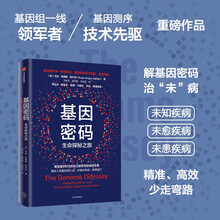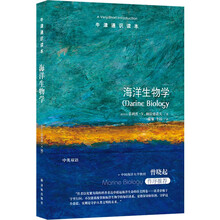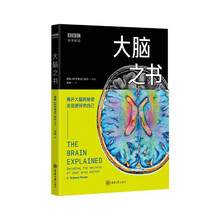Acknowledgements
Dedication
Introduction
1 The Background to Harvey's Discovery
Calen
Calen on, the Heart and Blood
Harvey
The Renaissance
Vesatius
Fabricius
Renaissance Art
Renaissance Art and Anatomy
2 Harvey's Discovery of the Circulation
De Motu Cordis
The Circulation
The Venous Valves
The Ligature Experiments
The Flow-Rate Experirnent
The Motion of the Heart
The Pulse and the Heart Valves
3 The Nature of Harvey's Discovery
The Scientific Revolution
Harvey and Aristode
Harvey and Quantifcation
Harvey and Mechanical Models
Harvey and the Natural Magic Tradition
Harvey and Witchcraft
Harvey and the Scientific Revolulion
4 The Reception of Harvey's Discovery
Opposition to Harvey
The Theory of 'Ebullition'
What is Actually Seen?
Other Objections
The Dispute with Descartes
Harvey's Later Work
Conclusion
Further Reading
Glossary
展开










